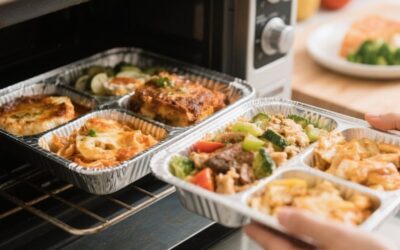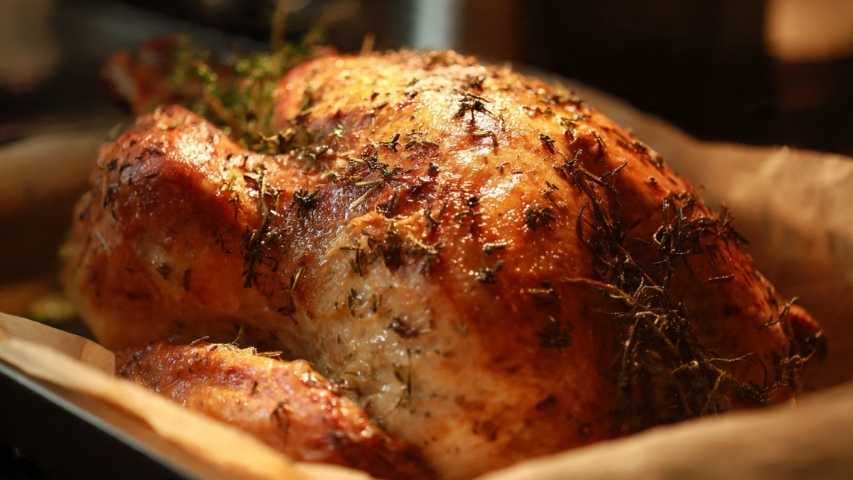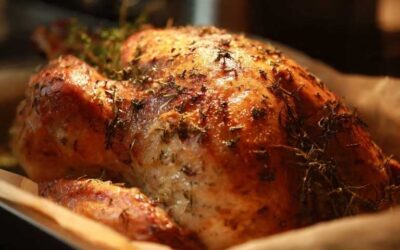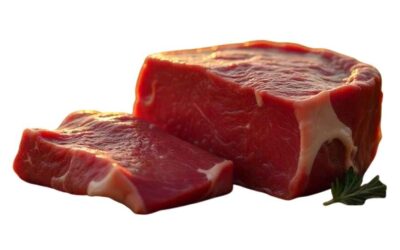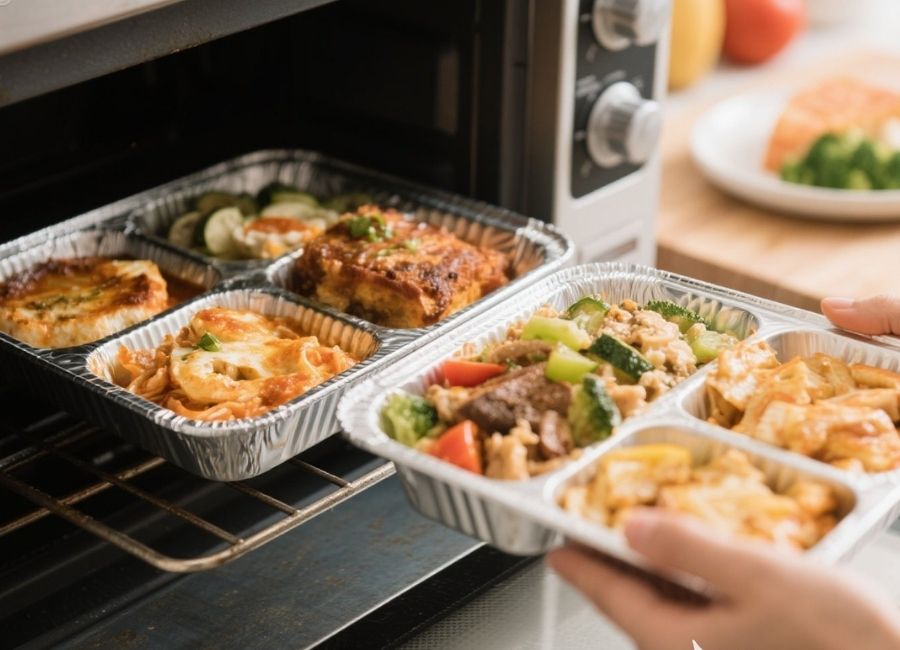Leftovers can be a lifesaver on busy weeknights or for a quick lunch. However, reheating food incorrectly can turn a delicious meal into a dry, rubbery, or soggy disappointment. The secret to perfect leftovers lies in choosing the right reheating method for the type of food you’re working with.
This guide will walk you through the best ways to reheat common foods using the equipment you already have in your kitchen. We’ll cover everything from crispy fried chicken to delicate pasta, ensuring your second-day meals are just as delicious as the first. By the end of this post, you’ll know how to restore your leftovers to their former glory, saving you time and reducing food waste.
The Best Equipment for Reheating Food
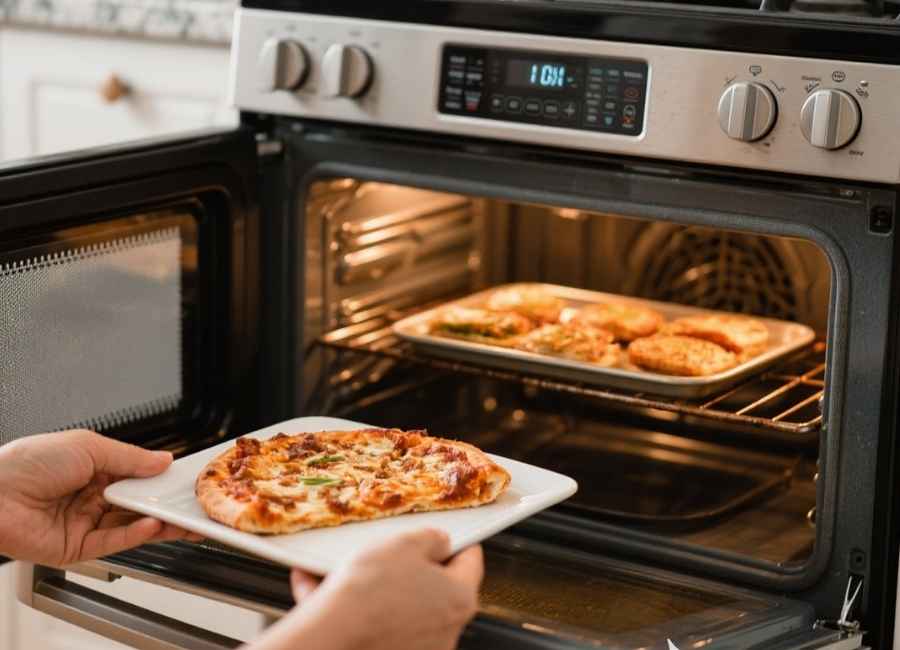
The appliance you choose makes all the difference. While the microwave is often the go-to for speed, it’s not always the best choice. Here’s a breakdown of the most common kitchen appliances and what foods they are best suited for reheating.
Oven
The oven is your best friend for reheating foods that need to stay crisp or have a crust. (Reheating Leftovers: Best Ways to Reheat Food, n.d.) It works by circulating hot, dry air, which helps to re-crisp exteriors without making the inside rubbery. (Reheating Fried Food in an Air Fryer: The Ultimate Guide, n.d.) It’s ideal for larger portions and anything that was originally baked or roasted.
- Best for: pizza, fried chicken, roasted vegetables, baked goods (such as muffins and bread), casseroles, and quiches.
- How to use it: Preheat your oven to a moderate temperature, typically between 325°F and 375°F (160 °C and 190°C). Place the food on a baking sheet or in an oven-safe dish. You might want to cover dishes like casseroles with foil to prevent the top from burning before the inside is warm. Heating times will vary, but start checking after 10-15 minutes.
Stovetop (Skillet or Pan)
The stovetop offers quick, direct heat that’s perfect for reheating foods that can be pan-fried or sautéed. It provides excellent control over the temperature and allows you to add a small amount of oil or butter to restore moisture and flavor.
- Best for: Soups, stews, stir-fries, pasta dishes (especially with sauce), rice, and pan-seared proteins like steak or pork chops.
- How to use it: For liquid-based dishes like soup, simply pour them into a pot and heat over medium heat, stirring occasionally. For things like stir-fries or steak, add a small amount of oil or butter to a skillet over medium heat. Add the food and cook, stirring or flipping frequently until heated through.
Microwave
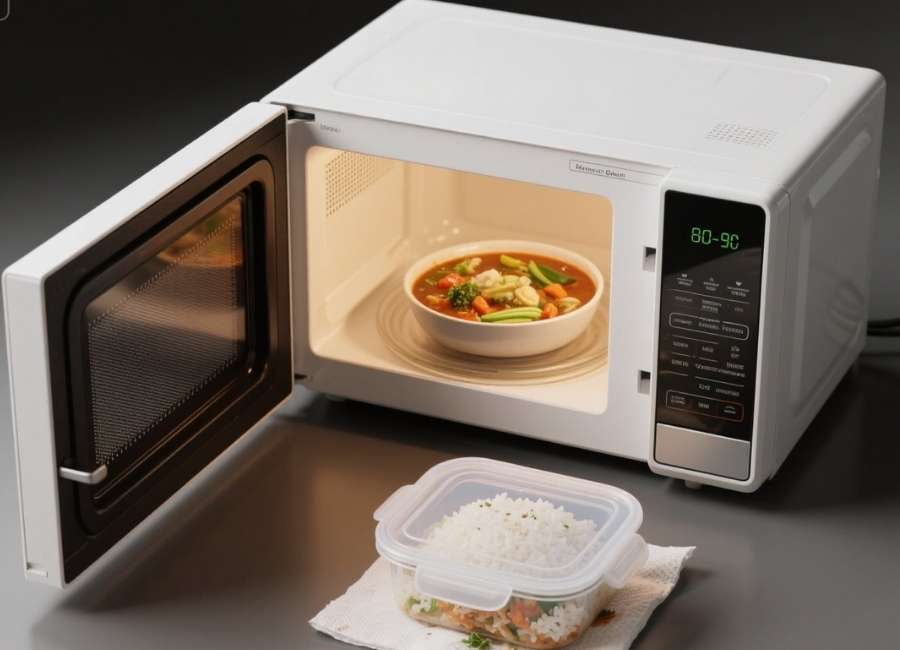
The microwave is the champion of speed and convenience. It uses microwaves to excite water molecules in food, heating it from the inside out. (Tanaka et al., 2006) However, this process can sometimes result in uneven heating or a rubbery texture, especially for certain foods.
- Best for: Soups, stews, steamed vegetables, rice, and most leftovers where texture isn’t the primary concern. It’s great for single portions.
- How to Use It: Place the food in a microwave-safe dish. It’s often helpful to cover the dish with a microwave-safe lid or a damp paper towel to trap steam, which helps heat the food more evenly and prevents it from drying out. Heat in short intervals (e.g., 60-90 seconds), stirring in between to ensure even heating.
Air Fryer
The air fryer has quickly become a kitchen favorite for its ability to mimic deep-frying with a fraction of the oil. (Does An Air Fryer Use Oil? (Yes, But Here Is What You Need To Know!), n.d.) It works by circulating very hot air at high speed, making it ideal for crisping foods again. (Reheating Food in the Air Fryer, n.d.)
- Best for: French fries, fried chicken, pizza, chicken nuggets, and any other foods you want to be crunchy. It works much faster than a conventional oven.
- How to use it: Preheat your air fryer for a few minutes (many models require this). Place the food in a single layer in the basket. Reheat at around 350-375°F (175-190°C) for 3-5 minutes, shaking the basket halfway through. Keep a close eye on it, as food can go from perfectly reheated to burnt very quickly.
Step-by-Step Guide to Reheating Common Foods
Now that you know the strengths of each appliance, let’s examine how to reheat specific types of food for optimal results.
How to Reheat Pizza
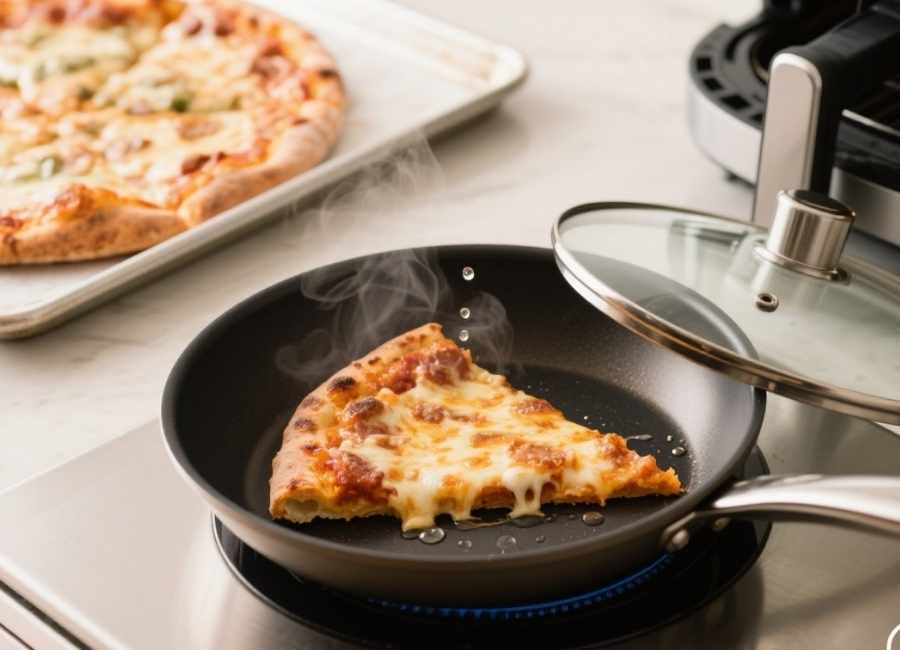
The goal with leftover pizza is to get a crispy crust and perfectly melted cheese, not a soggy, floppy slice.
- Best Method (Skillet): Place a slice of pizza in a non-stick skillet over medium-low heat. Heat for a few minutes until the bottom is crispy. Then, add a few drops of water to the pan (away from the pizza) and cover it with a lid. The steam will help melt the cheese and toppings perfectly. This takes about 3-5 minutes.
- Good Method (Oven/Air Fryer): For several slices, preheat your oven to 375°F (190°C) and place the pizza on a baking sheet. Heat for about 10 minutes. An air fryer at 350°F (175°C) for 3-4 minutes also works wonderfully.
- Avoid: The microwave will make the crust chewy and rubbery.
How to Reheat Fried Chicken
Reheating fried chicken is all about bringing back that signature crunch.
- Best Method (Oven/Air Fryer): Let the chicken sit at room temperature for about 20-30 minutes before reheating. (Can You Reheat Chicken? Best Practices and Tips, n.d.) Preheat your oven to 400°F (200°C) and place the chicken on a wire rack set on a baking sheet. This allows air to circulate underneath, crisping all sides. (How to Reheat Chicken Without Drying It Out (Like a Pro), 2025) Heat for 15-20 minutes. An air fryer is even faster; 3-4 minutes at 375°F (190°C) will do the trick.
- Avoid: The microwave will turn that crispy coating into a soggy mess.
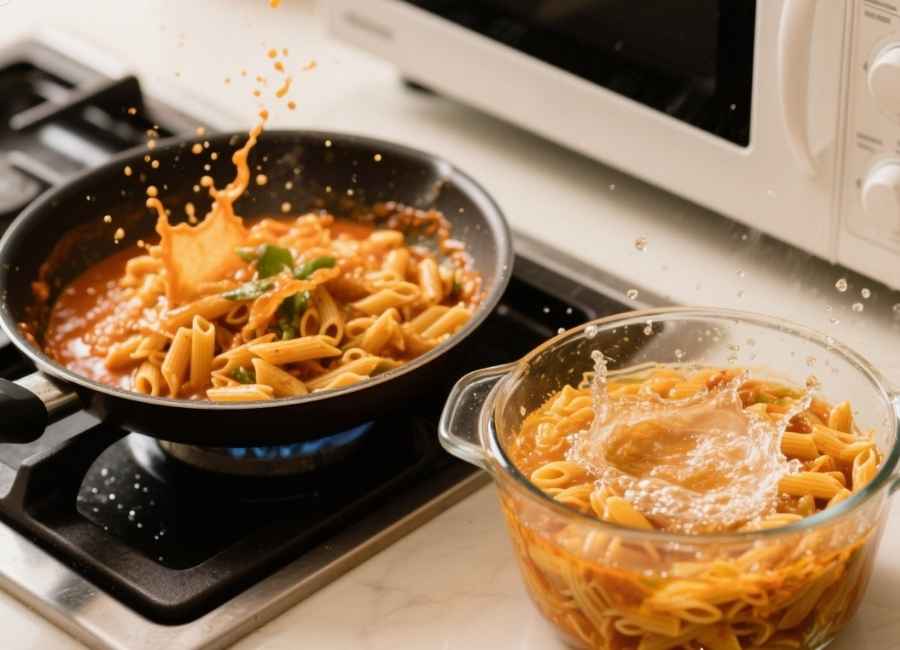
How to Reheat Pasta
The challenge with leftover pasta is preventing it from becoming dry or the sauce from separating.
- Best Method (Stovetop): For pasta with sauce, place it in a skillet over medium-low heat. Add a splash of water, broth, or milk (for creamy sauces) to rehydrate the sauce. Stir gently until heated through.
- Good Method (Microwave): If you’re in a hurry, you can use the microwave. Place the pasta in a microwave-safe bowl, add a splash of liquid, cover, and heat in 60-second intervals, stirring in between.
- For Plain Pasta: You can quickly refresh plain pasta by dipping it in boiling water for about 30 seconds.
How to Reheat Steak
Reheating steak without overcooking it is an art form. You want to warm it through while keeping it juicy. (How to Reheat a Steak Without Overcooking It?, n.d.)
- Best Method (Stovetop and Oven): This two-step process is the most effective. Preheat your oven to 250°F (120°C). Place the steak on a wire rack on a baking sheet and heat until the internal temperature reaches about 110°F (43°C). Then, sear it in a hot, lightly oiled skillet for about 60 seconds per side to restore the crust. (How to Reheat Steak Without Overcooking It, n.d.)
- Good Method (Stovetop): If you’re short on time, slice the steak thin and quickly reheat it in a lightly oiled skillet over medium-high heat.
- Avoid: The microwave will almost certainly overcook your steak, making it tough.
How to Reheat Rice
Dry, clumpy rice is a common issue with leftovers. The key is to reintroduce moisture.
- Best Method (Microwave): Place the rice in a bowl, break up any large clumps, and add a splash of water or broth (about 1 tablespoon per cup of rice). Cover with a damp paper towel and microwave for 1-2 minutes, or until hot.
- Good Method (Stovetop): Add the rice to a pot with a small amount of water, cover, and steam over low heat, stirring occasionally until the rice is warmed through.
Your Guide to Better Leftovers
Reheating food properly can transform your leftovers from a lackluster meal into something truly enjoyable. By choosing the right appliance and technique, you can preserve the texture and flavor of your favorite dishes. Using the oven or air fryer for crispy foods, the stovetop for liquids and stir-fries, and the microwave for convenience can make all the difference.
Next time you reach for those leftovers, take a moment to consider the best way to bring them back to life. Your taste buds will thank you. For more kitchen tips and delicious recipes, be sure to explore the other articles on our blog.










